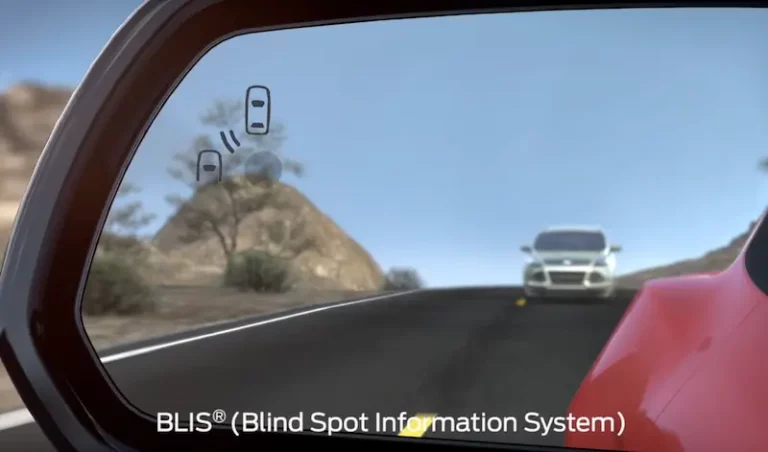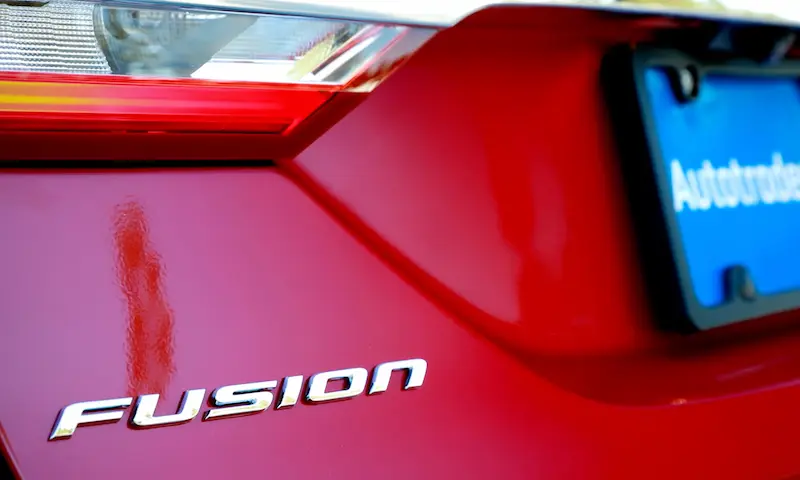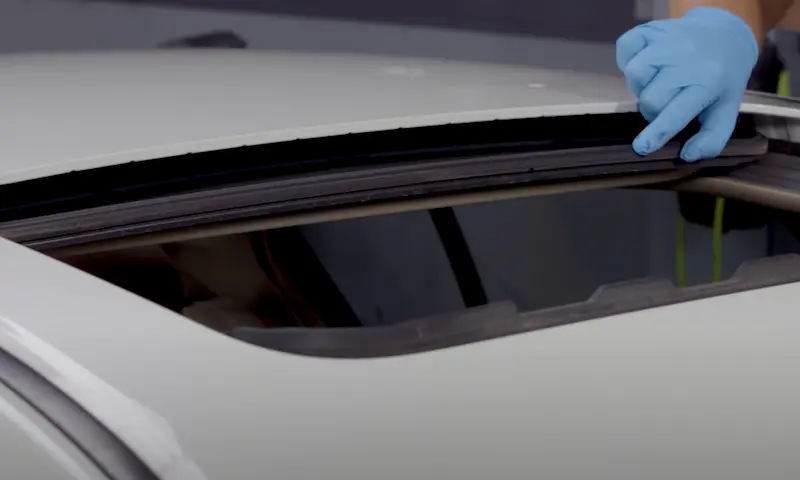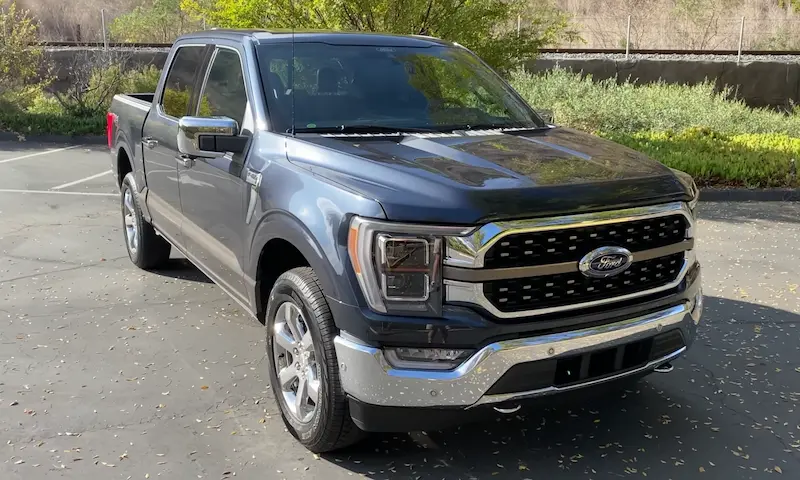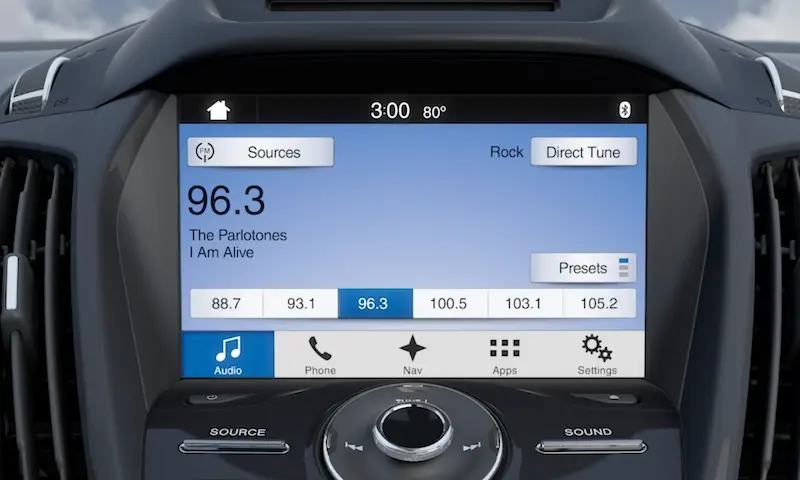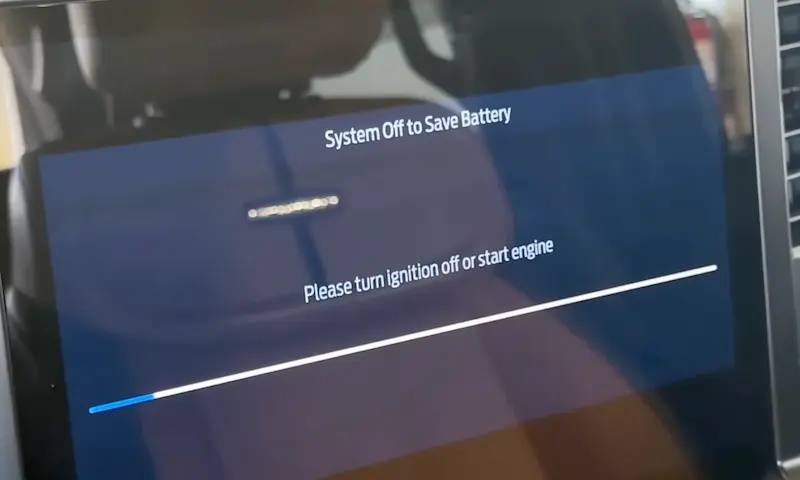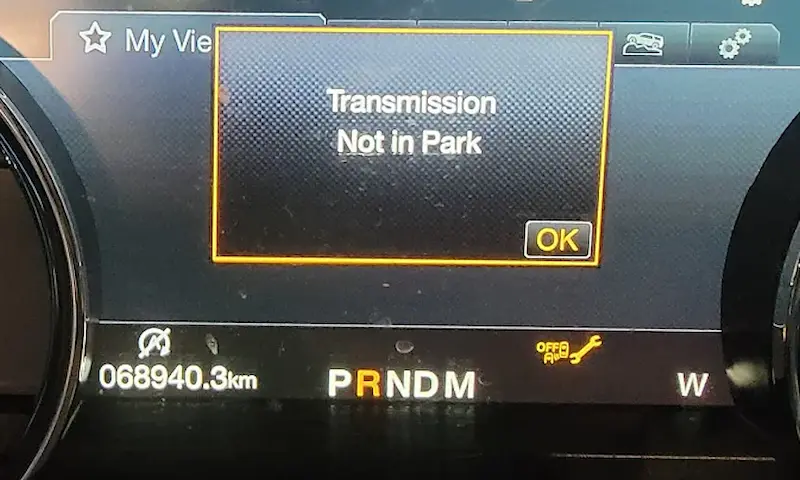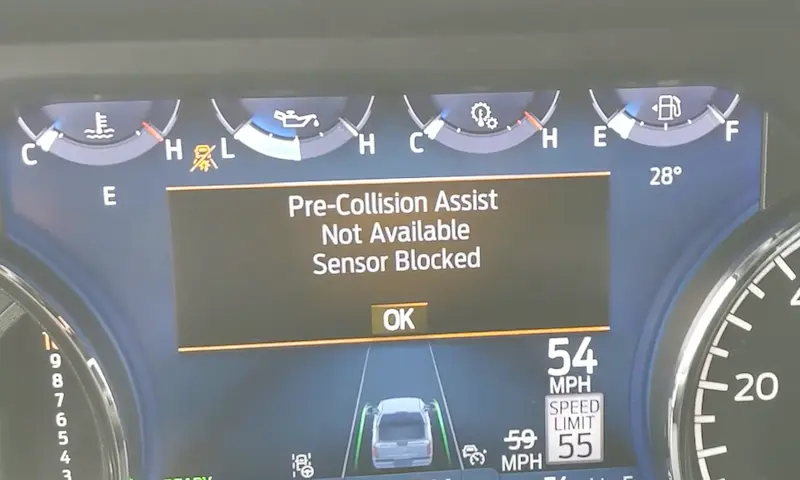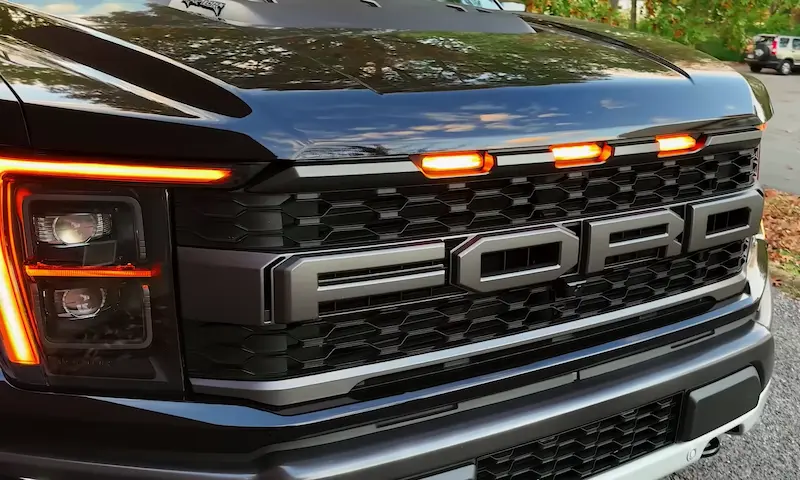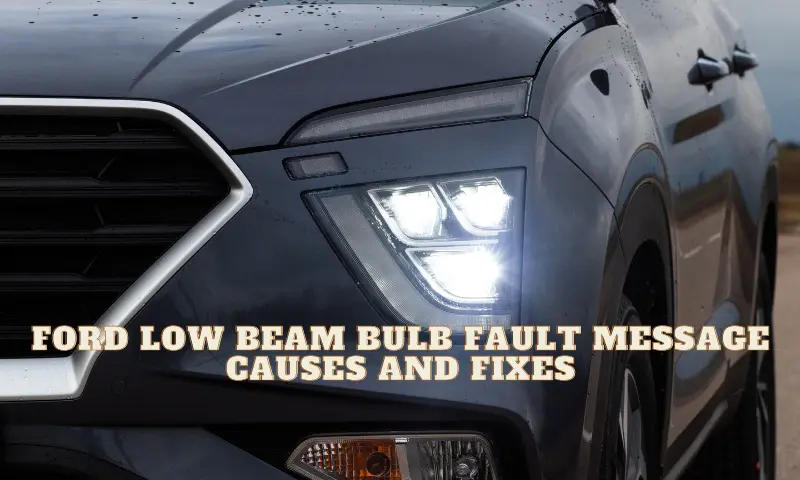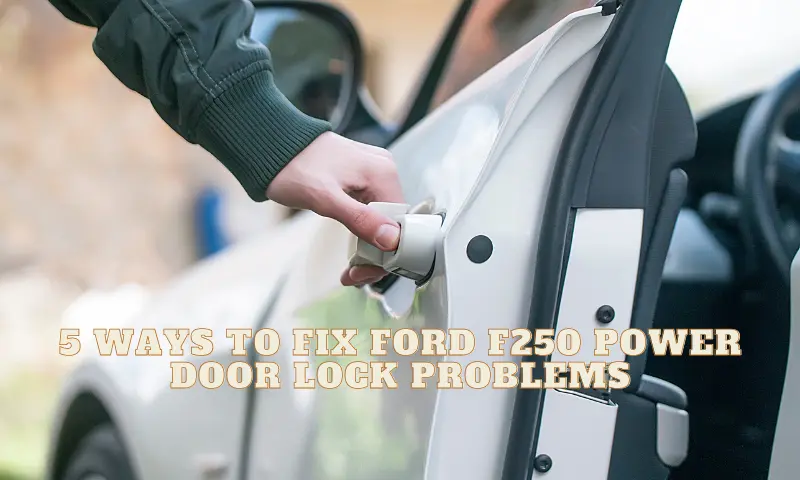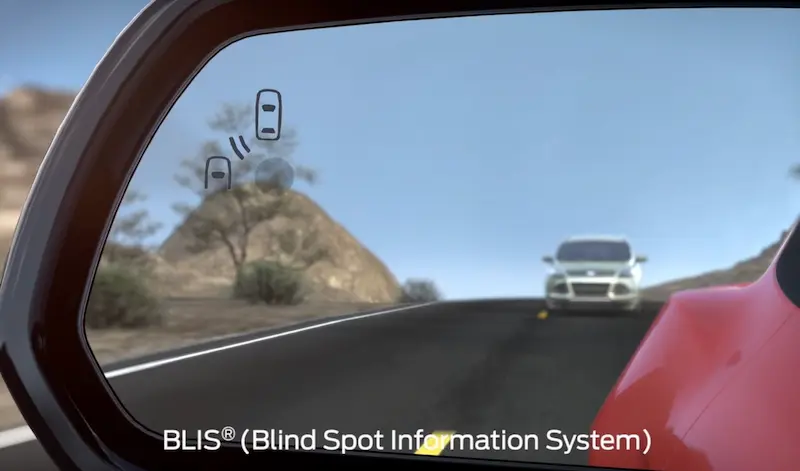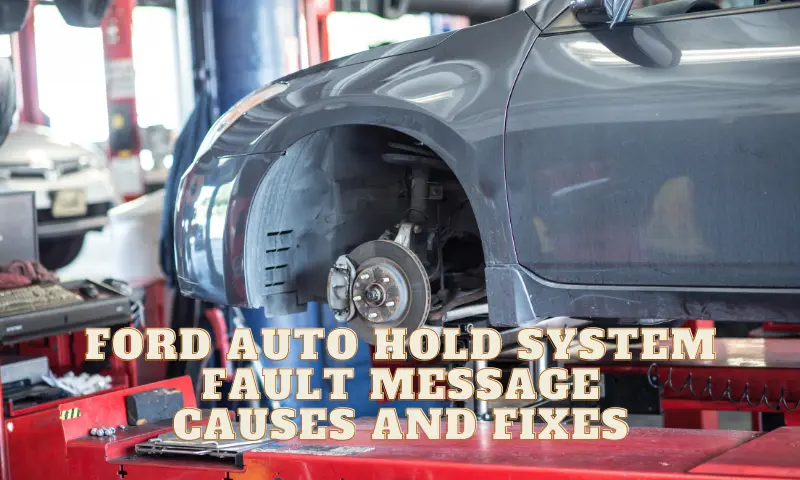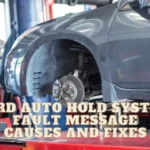Most modern vehicles are equipped with a blind spot feature. Also called Blind Spot Detection or Blind Spot Information Systems (BSIS), this feature helps you detect and anticipate areas that aren’t easily seen. These hard-to-notice areas are commonly called blind spots. They can make you vulnerable to danger and potentially cause damage to your car.
When the blind spot warning (BSW) system gets worse, you risk a whole lot on the road. First, a message will come up. What does the message mean? What should you do to rectify the problem? Let’s find out in this article.
What is a Blind Spot System Fault Message?
The blind spot system fault message is a feature that pops up whenever there’s a blind spot ahead of you as you drive. It comes as a warning, indicating that the system can no longer detect blind spots ahead. While the system helps you detect dangerous spots on the road in good time, its failure constitutes a great danger.
Why Blind Spot System Fault Message and what to do?
There are a couple of reasons the message will pop up. You can either reset the system or apply some other fixes to clear the message.
Severe weather
One of the most common reasons the Ford blind spot system message may display on your car’s instrument cluster is severe weather conditions. Hazy, snowy, icy, or rainy weather can cause the blind spot radar sensor not to work. Rain or snow can cover affect the various parts of your car including the BSW sensor.
These factors can cause the BSW system not to detect cars entering blind spots ahead of you or from the front, rear, or side. To resolve this, you should wait for the weather to clear out before going out on your journey.
Damaged sensor or camera
Typically, Ford’s blind spot warning system (BSWS) uses radar sensors. Some other vehicles use cameras. These sensors help the system detect very fast and efficiently hard-to-see areas. However, if the sensor is damaged, it can no longer detect anything. When this happens, you may see the blind spot system fault message pops up.
The thing to do once the sensor gets damaged is to replace it. Replacing a damaged blind spot sensor won’t cost you an arm and a leg. Follow the right procedure to replace the sensor.
Blocked sensor
Usually, a blind spot system is installed to cover up to 120 inches (about 10 feet) beyond the rear bumper or on lane width on both the left and right areas of your car. The system’s detection area may shorten due to blockade. For instance, when you drive on an incline or steep hill, there is a chance that the BSW sensor may be clogged. As a result, the system is unable to detect any blind spots. Remember, your Ford’s Blind spot sensors are located beneath the rear bumper. A blind spot system fault message can pop up because the system is unable to cover as much lane width or feet as it should. In case there’s water, debris, dirt, or snow buildup in the sensor, you should remove it.
Inappropriate location
If the positioning of the blind spot sensor isn’t accurate, Ford’s blind spot fault message may come. This is because the system will be unable to receive a signal from the sensor. Except the owner’s manual says otherwise, the sensor of your Ford’s blind spot system is typically positioned under the rear bumper.
If the blind spot sensor is not positioned well, you can simply remove and reinstall it in the right location. From there, the system should receive a signal from the sensor.
How to Reset the Ford Blind Spot fault Message
Clearing your car’s blind spot fault message is pretty straightforward. Here are the steps to follow:
- Park your car and turn the engine off
- Locate the area of the blind spot system
- Find the blind spot detection sensor: In most modern generations of Ford, you’ll the blind spot sensors at either of the side view mirrors. You can also check beneath the rear bumper. Alternatively, the sensors are located inside the left and right-hand areas of your car’s rear bumper.
- Inspect the sensors to see if it’s clogged: Clean any form of grime or dirt you find in the sensor. Debris, dirt, moisture, snow, or ice is the most common object that can clog the sensors. The sensor is susceptible to a grime-like substance.
- Switch your vehicle’s engine off.
- Wait for a few minutes
- Turn the car on
- Allow it to re-calibrate
There you have the reset blind-spot system. The warning message should have disappeared with the reset procedure.
FAQs
Where is the blind spot sensor located?
Because of their functions, the blind spot sensors are positioned in strategic places on your car. In most Ford models, the blind spot sensors are located in either of the side view mirrors or beneath the rear bumper. Alternatively, you may also find the sensors on the right or left-hand side of your car’s rear bumper. The idea behind the position is to optimize the sensors’ detection ability to monitor the areas beside or behind your Ford vehicle.
How much does it cost to fix the blind-spot monitoring?
The good news is that you don’t have to break the bank to resolve the blind-spot monitoring system. If you’re a generous spender, something in the neighborhood of $250-$500 will fix the issues. This will include labor costs. However, if you add the fee to resolve the lane change assist and lane departure warning systems, your cost may jerk up to something around $1500. Perhaps, you want to resolve the problem one after another.
In Concluding
Your Ford’s blind spot system is one of the safety and aesthetic features that make life and driving a lot easier. Whenever you notice the Ford Blind Spot Fault message pop, it’s time to take action. I often recommend that you attend to any car issues as soon as you notice them. If you allow it to fester, it may cause damage to some other critical components. Monitor your blind spot sensor and keep it in good condition all the time.

